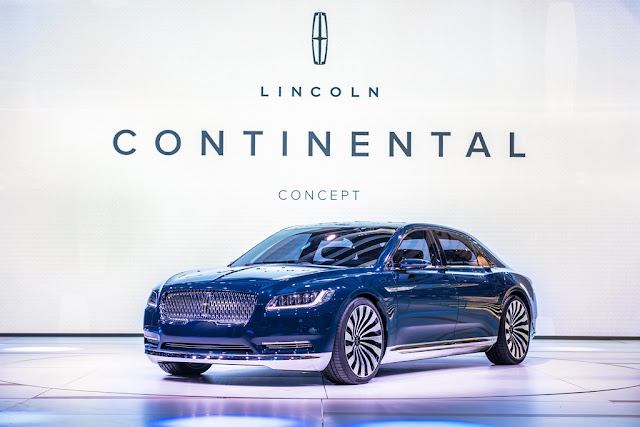It goes beyond the one-size-fits-all designs of today
By Bill McLauchlan
A long day behind the wheel can sure leave you stiff and sore, even with the benefit of driver’s seat adjustability and no age-associated effects to deal with. If you can’t find a comfortable set-up then it can be a tortuous journey dealing with leg, hip, lower back, shoulder and neck pains along the way.
Shorter trips can still be a problem if you need to compensate for impaired function, restricted movement and the typical aches and pains brought on by old injuries, arthritis and other ailments typical of advancing years.
Now there’s a good chance you can arrive feeling refreshed and rejuvenated – even after a long trip – thanks to the new 30-way seats introduced in the Lincoln Continental Concept.
 |
| NewspressUSA |
In addition to greater adjustability than currently offered by conventional multi-setting seats, the Continental Concept’s 30-way adjustment is better able to tailor and personalize your driving experience and improve comfort.
 |
| NewspressUSA |
“The new design of the 30-way seats goes beyond the one-size-fits-all designs seen in the past,” said Line. “It conforms to your body and supports it in ways not previously possible.”
Where did this inspiration come from? The luxury automaker’s seat engineers studied first-class and private airplane seats for possible applications. Lisa Senters-McDermott, CEO of Jet Senters Aviation, believes luxury car drivers will welcome the influence of high-end aviation seating.
 |
| NewspressUSA According to Ford CEO Mark Fields, this rendition is a strong indicator of the new full-size Conti due next year. |
“Private aviation caters to no-compromise clients,” said Senters-McDermott. “These seats certainly seem as if they spring from an elevated, no-compromise approach.”
Two extending thigh cushions, each independently adjustable, provide support for the lower body and legs. These cushions can be extended or moved up or down. This lets the driver further personalize the adjustments and give support as needed to each leg separately, recognizing the different needs for each leg – one is at rest while the other engages the pedals. Sounds like an ideal cure for that “dead leg” sensation and a way to alleviate hip pressure points.
 |
| NewspressUSA |
“Creating a seat that tailors itself to your body and can be adjusted to the situation to make you more comfortable can be a big benefit,” said Christopher Kempski, an ergonomist for Ergo Concepts. “In my field, we develop solutions for industries that create the best possible fit between workers and their tasks – in essence reducing fatigue. When the body tires, the mind follows, so keeping the body refreshed is vital.”
As of last month, over 50 patent disclosures related to the 30-way seats have been filed in the US to date, with over 100 more disclosed or under review. Here’s a look at what can be adjusted (with the number of ways possible):
Seat travel (6); Recline (2); Head restraint (4); Upper back bolster support (2); Cushion extension (4) – two movements on each side; Thigh support (4) – two movements on each side; Lumbar (4); Seatback bolster (2) and Cushion bolster (2).
Hopefully, it won’t be too long until the comfort and wellness afforded by this 30-way seat design finds its way into less expensive mainstream models from Lincoln’s parent Ford Motor Co.
No comments:
Post a Comment